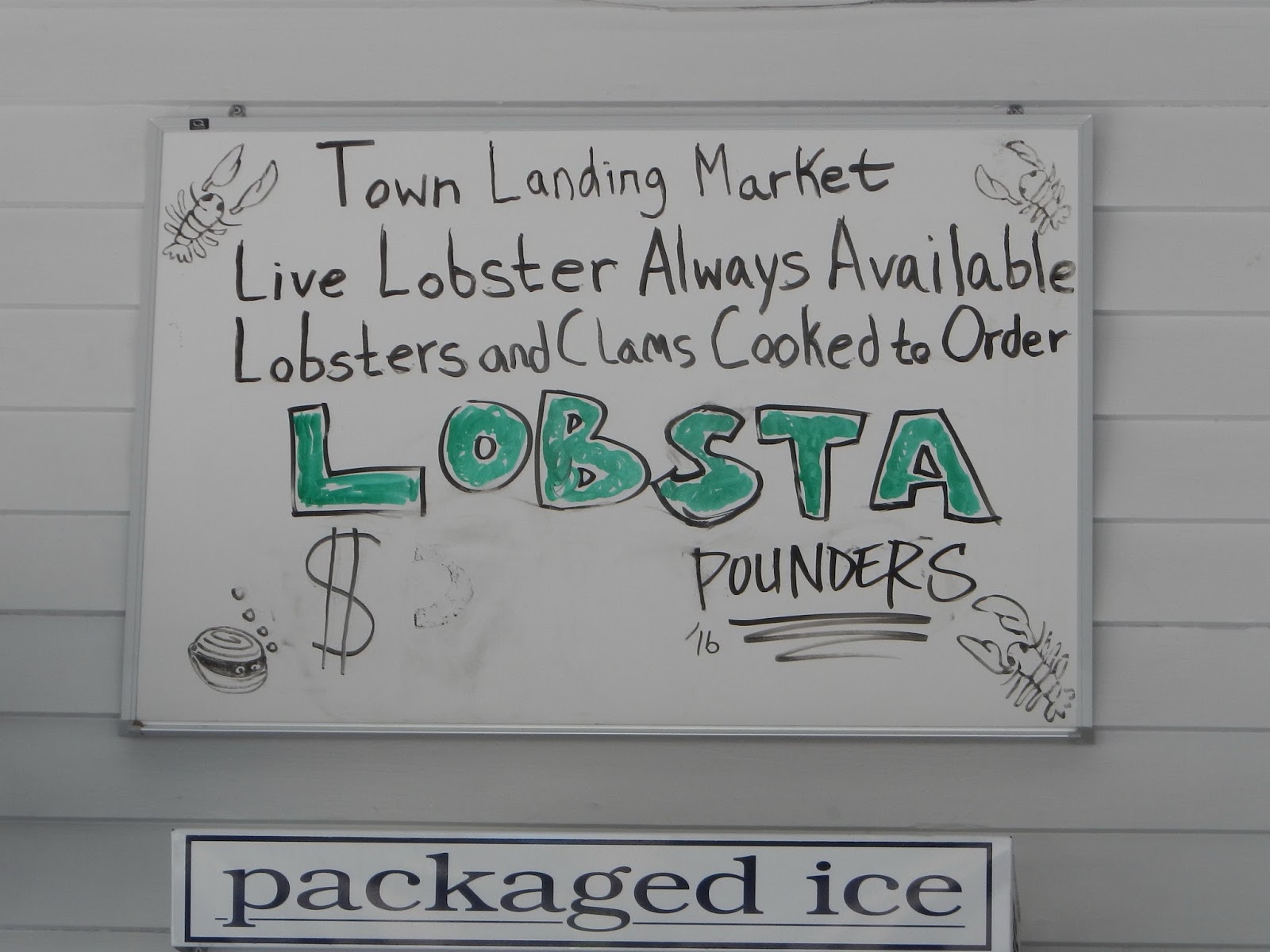As you might already know, I can go on for days about
how much I enjoy Woods Hole. So when I had a chance to go to last week's
Ocean Literacy Summit, which happened to be in Woods Hole, I hopped a bus down there for a couple of days of learning and camaraderie. Fall is the best time to be on the Cape, and although it was grey, rainy, and windy, I just loved it. The best part of the conference was Thursday's field trip to the
Marine Biological Lab (MBL's) Marine Resource Center. As David Remson -- the manager of the center -- told us, the folks there act as "grocers to the scientists".
MBL is a world powerhouse in biomedical research, particularly in research focused on marine organisms. It might not seem like it, but marine organisms have a lot in common with us, and are great model organisms for learning about how humans work. After all, we're just
highly modified fish. So the Resource Center's job is to get the critters the scientists work on: squid, clams, crabs, skates, horseshoe crabs -- you name it.
This is no rinky-dink operation. The MRC is huge, and complex, and the stakes are high if animals can't be kept comfortable and healthy. Most of the labs at MBL need to raise millions of dollars to support their work, and agencies like NIH, NSF, and even the military pony up the funds for it. So if there aren't any animals to work on, it's a really, really big deal. Keeping the water temperature perfect, and the water clean, and the conditions just right for the animals is paramount.
That's why it was a real treat to see the place. Since a picture paints a thousand words, I'll just stop typing and get on with it:
 |
| David Remson starts the tour at this lovely display tank, full of goodies. |
 |
| Anyone wearing Grunden's to work is cool. |
 |
| The place was lousy with pipes. Pipes, pipes, and more pipes! |
 |
| Sea urchins (I think Arbacia punctulata) are often used to study developmental biology. (Echinoderms are, after all, a kissin' cousin to the chordates!) |
 |
| Spisula sp, a clam that has large, clear eggs -- great for embryology. |
 |
| Squid are a big deal at MBL. Their nervous system is large, and easy to study, so much of the early work in neurology was done on squid. But apparently, they are hard to catch, and even well-educated people can be dumb sometimes. |
 |
| Explaining how to catch a squid. |
 |
| Friends of the Calamari thank you for your cooperation. |
 |
| The MBL has a group of people studying chordate development (we are chordates, remember). They have a skate farm, with lots of mama and papa skates, who make the coolest egg cases -- mermaid's purses. Since they know when each was hatched, they know what day of development it's at! Very clever. |
 |
| Another skate. |
 |
| Just a few egg cases. They had about a dozen of these trays! |
 |
| A baby! Cool. |
 |
| A born baby! |
 |
| Sharks. |
 |
| A whole bunch of Spisula. |
 |
| Spider crabs! |
 |
| Ooo. A big bad blue crab. |
 |
| A crap-ton of horseshoe crabs. These are all ladies. |
 |
| Flounder. |
We also got to talk to some of the research faculty at MBL.
Roger Hanlon was kind enough to take time out of his day to discuss how cephalods -- squid, octopi, cuttlefish, and the chambered nautilus -- use special cells to camouflage themselves. This taxa uses chromatophores -- special pigment-containing cells that can change size on command -- to mimic their surroundings. This was really fascinating stuff, and if you want to learn something cool today, I recommend spending some time with Dr. Hanlon by watching
this video. We got to see an experimental setup testing how cuttlefish decide to change their coloration -- so cool. This was followed up with a talk by
Steve Senft about the structure of cephalopod skin. Super interesting!
 |
| The cuttlefish starting to change his coloration! |
 |
| The experimental set up. |
We all left the tour feeling quite amazed. The rain had stopped for the moment, making for a perfect time to snap some pics of a favorite sculpture, and the Eel Pond.
 |
| What do you think they've been so passionately discussing for all this time? Locked in debate for eternity. |
 |
| The rain breaks over Eel Pond. |

























































